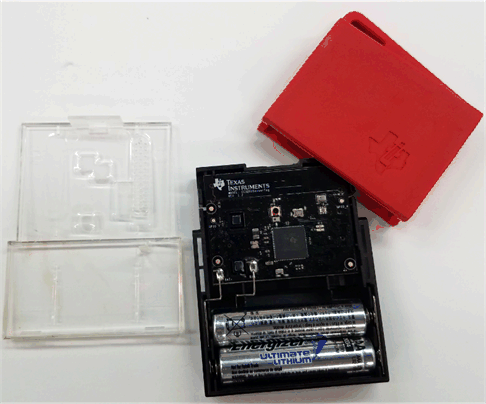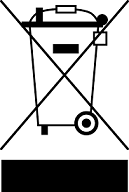SWRU509 February 2017 CC3200
3.6 Replacing the Batteries
To replace the battery, follow these steps:
- Remove the red rubber casing and plastic casing as shown in Figure 11.
- Remove and replace batteries.
 Figure 11. Replacing the Batteries
Figure 11. Replacing the Batteries WARNING
There is a risk of explosion if the batteries are replaced by an incorrect type. To minimize the risk of explosion, ensure the replacement batteries are the correct type. Dispose of used batteries according to the instructions.
Waste Electrical and Electronic Equipment (WEEE)

This symbol means that according to local laws and regulations your product and/or its battery shall be disposed of separately from household waste. When this product reaches its end of life, take it to a collection point designated by local authorities. Proper recycling of your product will protect human health and the environment.